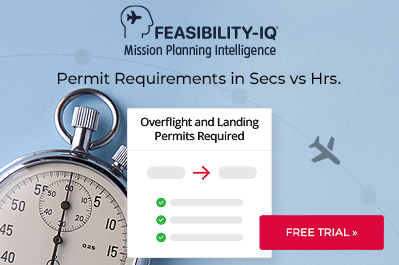Dominican Republic: 2024 Business Aviation Destination Guide
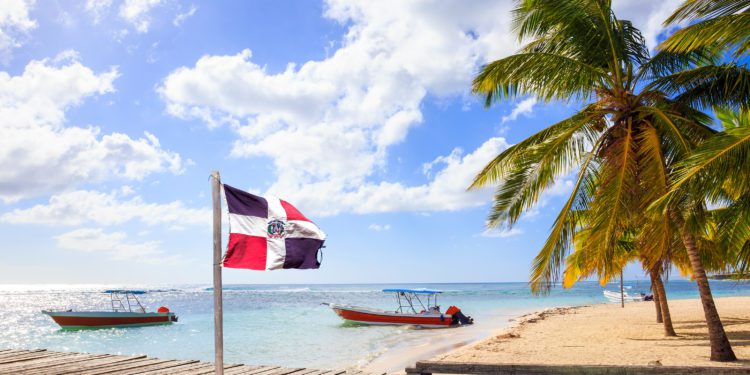
The Dominican Republic occupies the eastern two-thirds of the island of Hispaniola. The second-largest Caribbean nation after Cuba, the Dominican Republic has a population of more than 10 million. It is a popular destination for general aviation (GA) business and tourism movements. Airport infrastructure, ground handling services, ground support equipment (GSE) availability and fuel uplift options are very good at all major airports throughout the Dominican Republic. However, it’s essential to ensure that the aircraft documentation is onboard the aircraft in case there is a check by airport authorities. Also, be aware of the agricultural restrictions when catering is onboard the aircraft. If planning a GA flight into the country, the following is an overview of what you need to know:
Primary airports
The most popular airports of entry (AOEs) in the country are Santo Domingo (MDSD), La Romana (MDLR), Punta Cana (MDPC), Santo Domingo City (MDJB), Samana (MDCY), Puerto Plata (MDPP), Santiago (MDST), and Barahona (MDBH).
Permits
Overflight permits are not required for the Dominican Republic. Landing permits are not required for private non-revenue flights. If you’re operating a charter with more than 12 passenger seats, a landing permit will be required, with a lead time of 48 hours. Note that charter flights with 12 or fewer passenger seats are considered “Air Taxi,” and a notification to the Civil Aviation Authority (CAA) is required.
Permit processing
Charter permits are processed by CAA during regular hours Monday-Friday, 0800-1700 local. However, the CAA may approve last-minute permit requests at their discretion in some cases. Note that air ambulance flights do not require permits into/out of the country as long as you provide flight and passenger information.
Permit validity and revisions
Once issued, permits for the given schedule (route /approved dates according to the itinerary) are valid for 24 hours. Note that permit numbers are not usually provided. Permit revisions are needed if there’s a date change or if the departure point or destination after leaving the country changes.
Information needed for permit requests
The following must be provided when applying for charter permits:
- air operator certificate (AOC)
- operations specifications (D-085)
- worldwide insurance
- airworthiness and registration certificates
- full schedule into/out of the country
- number of passengers into/out of the country
- power of attorney to the ground handler
Cabotage
Only private flights allow it, with their own passengers on board. Flights are considered charter if passengers are not the owner of the aircraft of employees of the company owning the aircraft. Also, anytime passengers pay for the flight, it is considered charter.
Customs
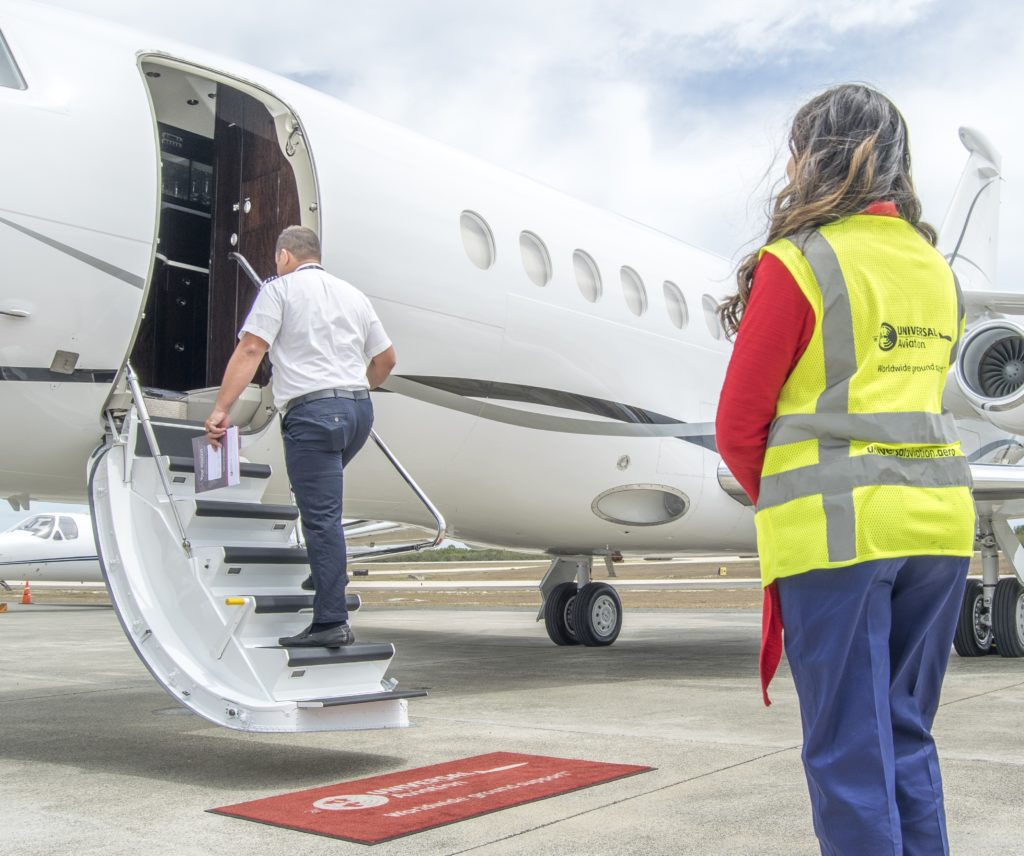
MDPC, MDLR, and MDJB have general aviation terminals (GAT), while MDSD and MDPP have a fixed-base operator (FBO). Customs, immigration, and quarantine (CIQ) clearance is usually done at the GAT or FBO with an average clearance time of about 5-10 minutes, depending upon traffic and all required information provided to authorities in advance. Upon arrival, the handler takes the crew and passenger passports to CIQ personnel, and the luggage is x-rayed.
Crew/passenger forms
All passengers (except crew) arriving or departing the Dominican Republic must complete an e-ticket application in advance. This also applies to departures. It is recommended to save the qr code given at the end of the form. For each arrival or departure, four Gen Dec copies are needed and should indicate crew info on top and passenger info on the bottom, with full names, dates of birth (DOBs), passport numbers, nationality, and expiration date — for crew also — pilot license numbers. The ground handler will complete the documentation needed with the information provided in advance. In terms of passport validity, the Dominican Republic only mandates that passports be valid for the length of stay.
Visas
Visas are required for certain passenger nationalities and, when required, must be obtained before arrival. EU and US valid Visa Holders can enter the country regardless of their nationality. Passengers requiring visas but not having one will be denied entry to the Dominican Republic. Note that crew visas are never required, irrespective of nationality.
APIS
APIS is not required in the Dominican Republic.
Agricultural considerations
Upon international arrival, all meats, fruits, and vegetables should be disposed of as international waste. In some cases, certain onboard catering items may be stored at the airport. Still, it’s always important to confirm this in advance. Also, note that up to three bottles of alcohol are permitted per passenger. As fees for bringing in more than the duty-free exemption are not standard, verifying applicable charges in advance is vital.
Aircraft disinfection
Airport authorities require that all aircraft on international arrival have cargo areas sprayed and disinfected. This is done by an appointed airport vendor, and the pilot in command (PIC) should be available to open the cargo door.
Pets
It’s generally not an issue bringing pets into the country so long as a valid vaccination and medical certificate issued by a veterinarian has been forwarded in advance. However, note that authorities charge an additional 10 USD fees for the arrival and departure of each pet into the country.
Weapons
Weapons are not allowed without a permit. Permits are issued under a rigorous protocol.
Flight Planning
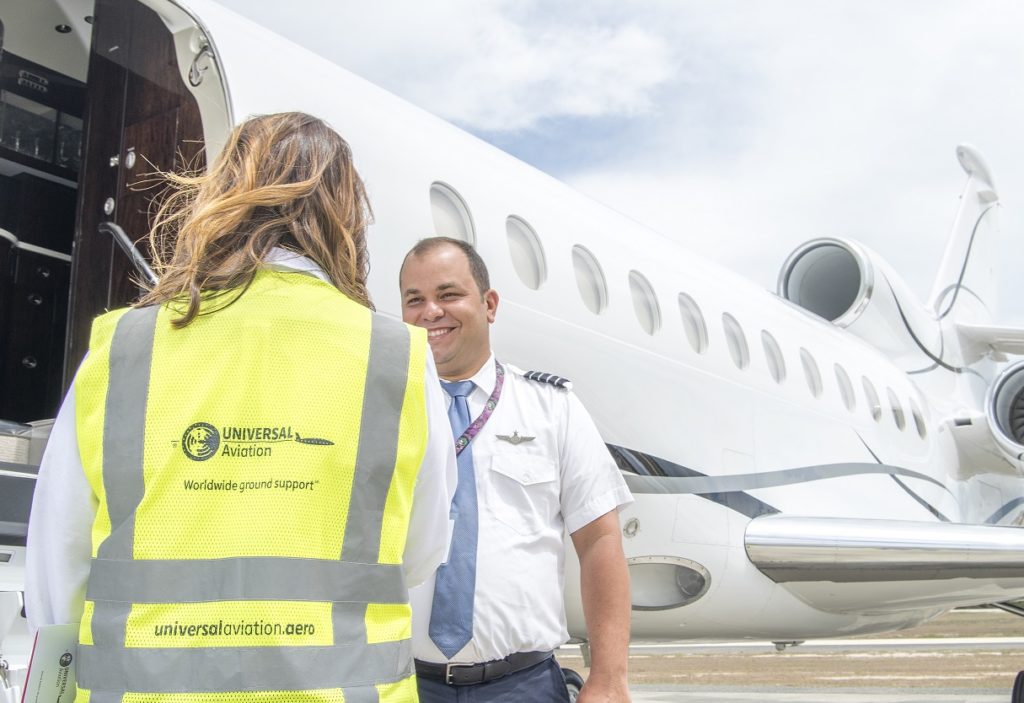
Be mindful that for departure from the Dominican Republic, your flight plan must be filed by the local handler or authorized international suppliers but need to be activated by a phone call at least one hour before departure. Your ground handler can complete the required flight plan form and submit it on your behalf. No specific information is required to be included in the Section 18 Remarks section of your ICAO flight plan.
Note: Dominican Republic ATC now accepts flight plans filed from electronic providers. However, it is mandatory to have the handler confirm the flight plan with ATC; otherwise, it will not show on the systems.
Weather
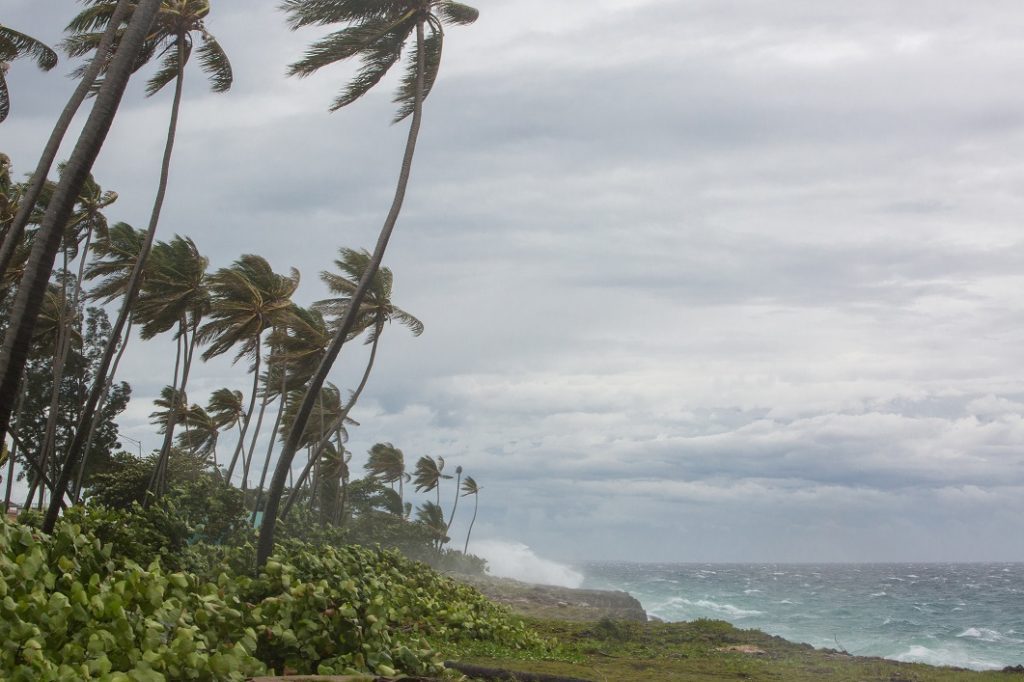 The island has two main seasons: rainy and dry. The rainy season is May to November and the dry season is December to April. The hurricane season generally lasts from June through November, with activity peaking in September. The country’s most visited areas, including Santo Domingo and beach resort towns, have a tropical climate year-round. Depending upon their proximity to urban areas. Earthquakes can occur, and most are mild-to-moderate in strength. Offshore quakes are capable of generating tsunamis that pose a danger to parts of the country’s coastline. Tropical weather systems can range from weak to catastrophic, with the latter causing serious wind damage, coastal flooding and mudslides in mountainous terrain.
The island has two main seasons: rainy and dry. The rainy season is May to November and the dry season is December to April. The hurricane season generally lasts from June through November, with activity peaking in September. The country’s most visited areas, including Santo Domingo and beach resort towns, have a tropical climate year-round. Depending upon their proximity to urban areas. Earthquakes can occur, and most are mild-to-moderate in strength. Offshore quakes are capable of generating tsunamis that pose a danger to parts of the country’s coastline. Tropical weather systems can range from weak to catastrophic, with the latter causing serious wind damage, coastal flooding and mudslides in mountainous terrain.
Peak season
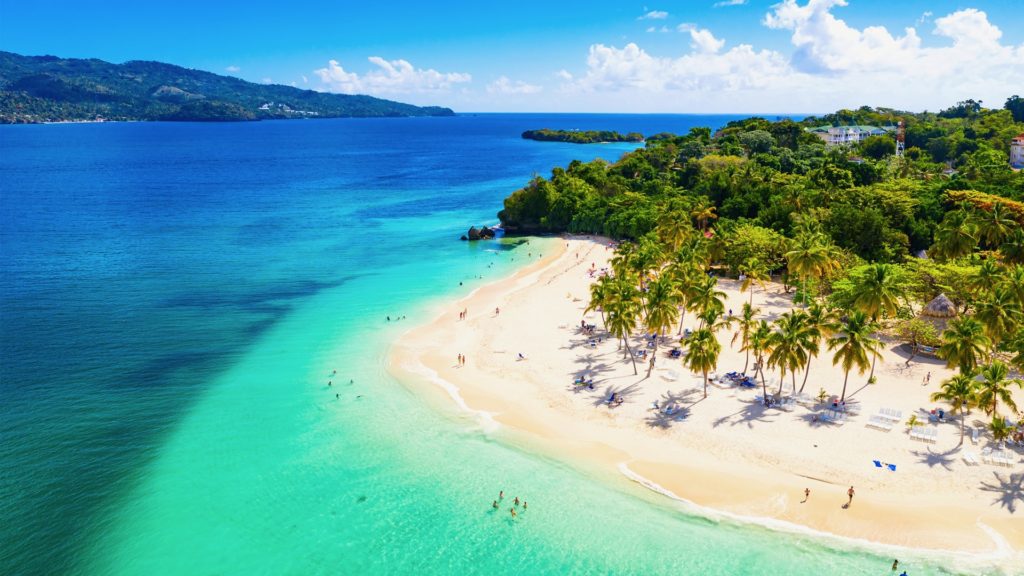
Mid-December through April is the high season for the Dominican Republic. Depending upon your destination, parking may become an issue during this time. MDSD and MDPC do run out of parking from time to time during the high season (mid-December through April), but MDLR usually has ample parking available. Operators of larger GA equipment may be parked away from the traditional GA parking areas at specific airports, so it’s best to verify this in advance. Note that the only airport with hangar space available for transient GA movements is MDJB. Crew accommodations can be an issue during the high season, especially in the La Romana area. Four-star crew accommodations typically range from 300-500 USD/night during peak season. Note that some hotels impose a four-night minimum stay requirement, and in some cases, these rooms must be prepaid and are non-refundable. During off-peak periods accommodation prices typically range 175-250 USD/night with less onerous cancellation policies. While accommodations are possible to obtain close to some airports, most hotels are far away. Therefore, arranging prepaid (car with driver) local transport is not usually an issue, even during peak season.
Cultural considerations
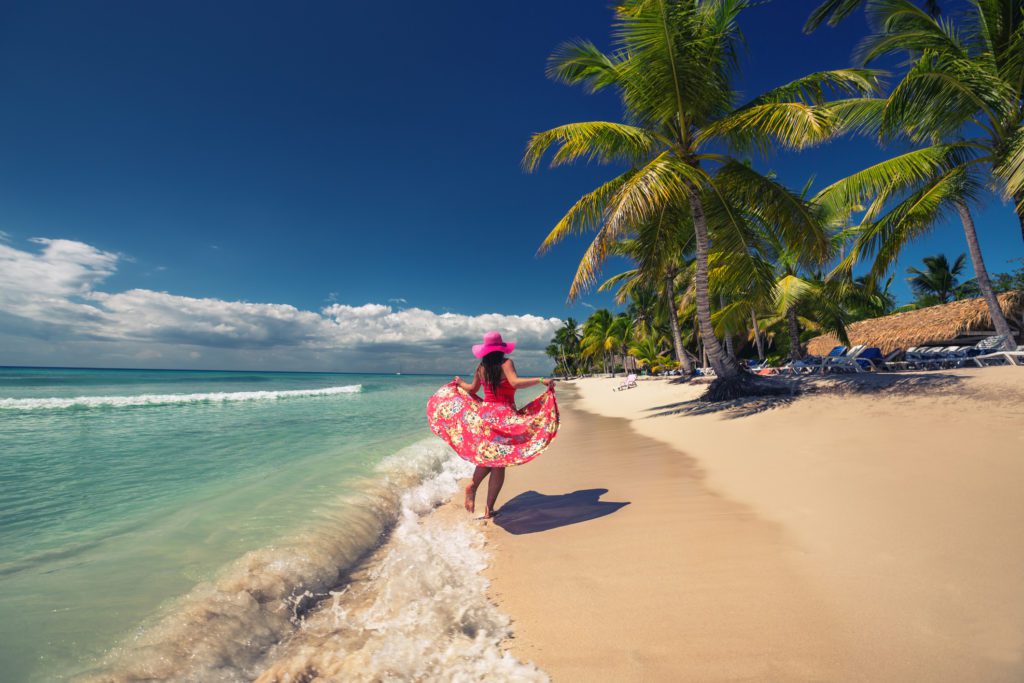
Dominicans are widely known for their friendliness to tourists. Be prepared for things to move slower, as it is customary to arrive later than planned. Dominicans are also known for taking pride in their appearance and dressing to impress. Shake hands with everyone when beginning a meeting. When departing, shake hands again with everyone at the meeting. Use direct communication and phrasing when speaking with people from the Dominican Republic. It is common to make direct eye contact when speaking to someone at a business meeting. When addressing someone at a meeting, use their title and last name.
Universal Aviation Dominican Republic can help
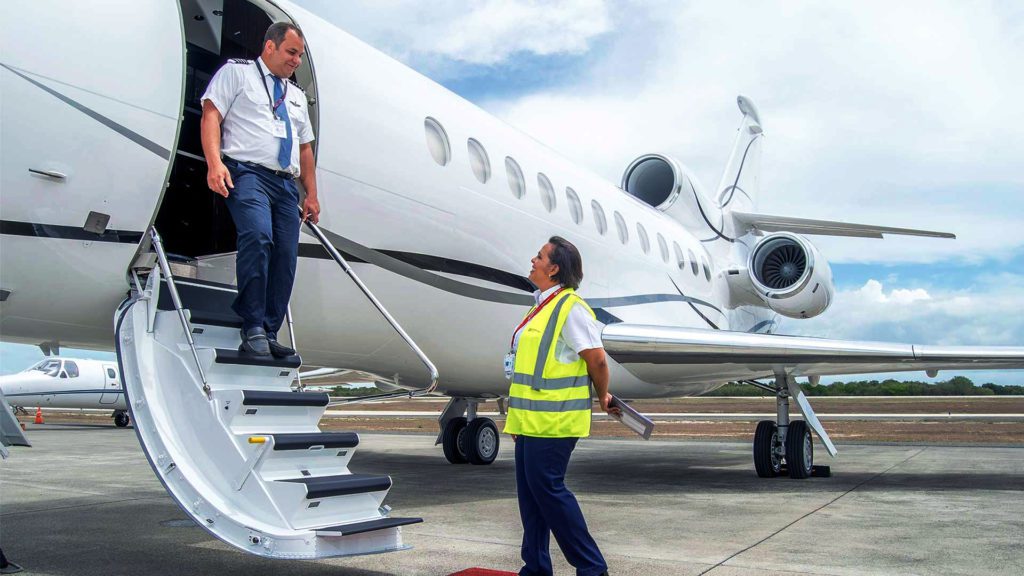
With locations in Punta Cana, La Romana, Puerto Plata, Samaná, Santiago, and Santo Domingo, and Santo Domingo (Las Americas), Universal Aviation provides on-airport supervision at destinations across the Dominican Republic.



